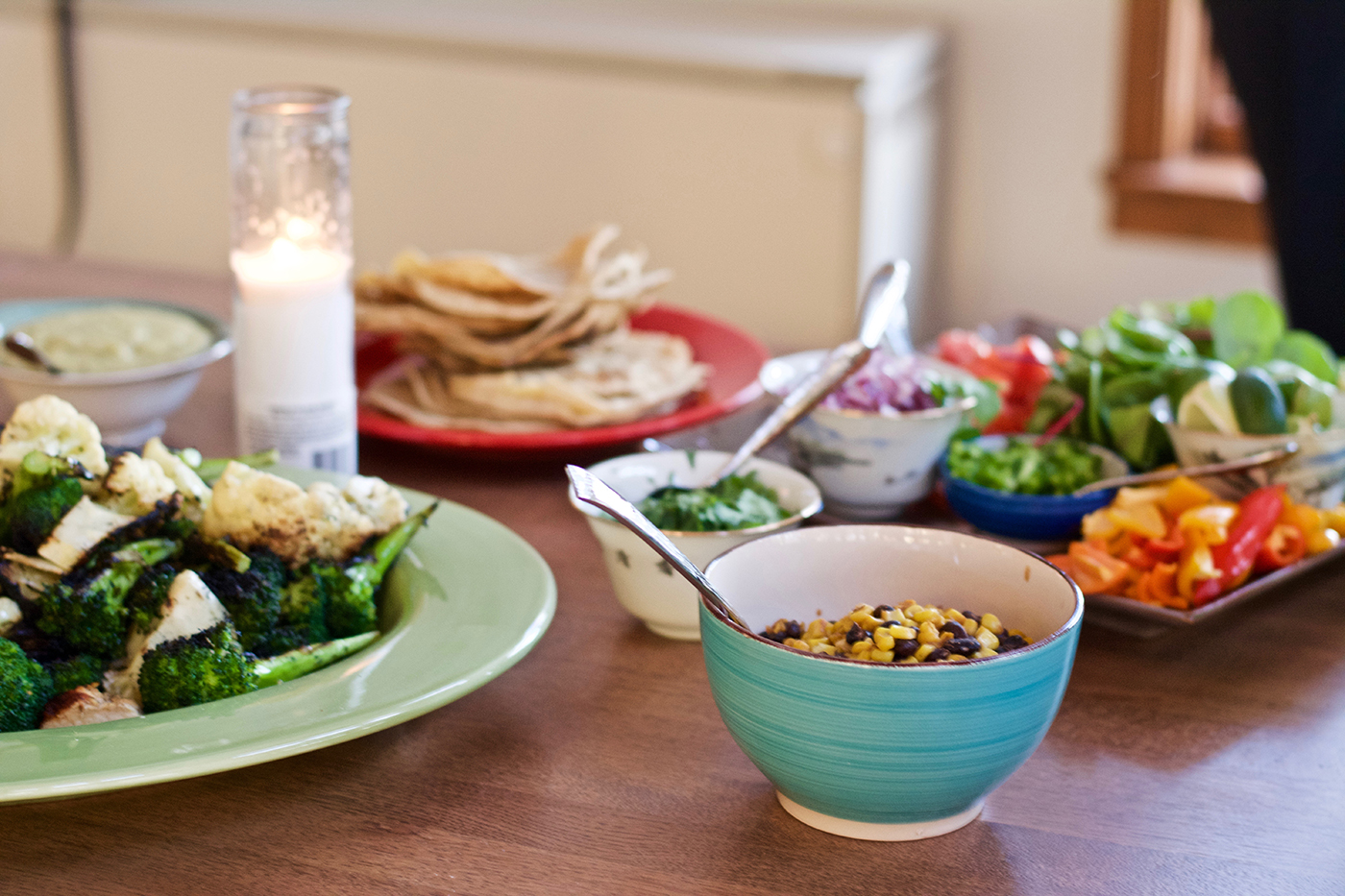When Food Cravings Strike, Use These Tips to Fend Them Off
It’s been a long, busy day and you are finally relaxing at home after fixing dinner for yourself. Resting on the couch and catching up on a new Netflix show, that little voice in your brain creeps in…a chocolate chip cookie would be delicious right now. Or maybe just a piece of candy, just one…
But is this craving from physical hunger or emotional hunger? That’s a question that is difficult to recognize and address, but can make a big difference in a nutrition goal and in building a healthy relationship with food.
When food cravings strike, the practice of recognizing the difference can help determine the steps to take to satisfy that craving. You may need to actually ask yourself the questions, “Am I eating because I am truly hungry?”and “Do I need nourishment?” If the answer is no, check in with how you’re feeling. Are you sad, happy, overwhelmed, bored? Are you craving something to gain relief from emotions?
If you determine that a food craving is fueled from emotional hunger, it can feel like a ticking time bomb, but there are ways you can diffuse it! The next time you find yourself in this situation, try using The 4 D’s.
The 4 D’s
For many years, I was a tobacco cessation coach, working one-on-one with tobacco users on their journey to quit. One of my favorite tools to use when clients were having difficulty with cigarette cravings during withdrawal was The 4 D’s from the American Lung Association’s Freedom From Smoking program. It helped address the behaviors around tobacco, specifically since many times the craving is not physical. As a registered dietitian, I found that the 4 D’s also related directly to emotional food cravings as well.
Delay
The first step is recognizing that you have a craving, and then understand that it will eventually pass, regardless of whether you give in or not. Remind yourself that you have a choice and, either way you choose, that craving will go away.
So what can you do while you wait for it to pass?
Deep breathe
Take ten slow, mindful breaths. Count the seconds it takes for each inhale and exhale, and try to make them even. For example, if your inhale is five counts, then your exhale should be five counts.
Drink water
Pour a tall glass of water and sip slowly. Caffeine-free herbal tea also works well for this. Peppermint or cinnamon tea can be especially satisfying.
Do something else
Engage in a mindful activity (so no, not watching TV) and one that doesn’t involve food. Try calling a friend on the phone to catch up, do a load of laundry, go for a walk around the block, start a new crafting project – jump into anything that comes to mind! The more stimulating the activity, the more likely the craving will pass. Over time, you can have these activities ready to go when those cravings strike.
Do not agonize if you try all these things and the craving was too powerful to overcome. Instead, focus on these points:
- Think about the triggers. What were the circumstances around this craving? Was it watching TV after dinner, a bad day at work, boredom or the sunny warm weather? Once you can connect a trigger to an emotional craving, you can begin to find healthier substitutes that fit that trigger.
- If you do eat that food – eat it mindfully. Sit down, look at the food, smell it, savor each bite. Don’t eat it while scrolling on your phone or watching TV – enjoy it from more than just a physical perspective. Even better, pick a food that takes time to prepare, such as peeling an orange or washing and cutting up strawberries. Pay attention to each action you take to prepare the food.
- Do not food shame! Do not beat yourself up; doing so may even worsen the cycle. Enjoying the foods that you love is part of building a healthy relationship with food.













